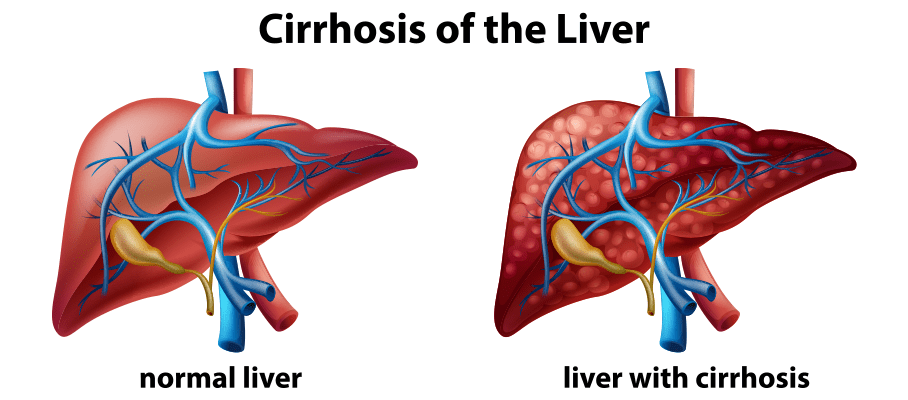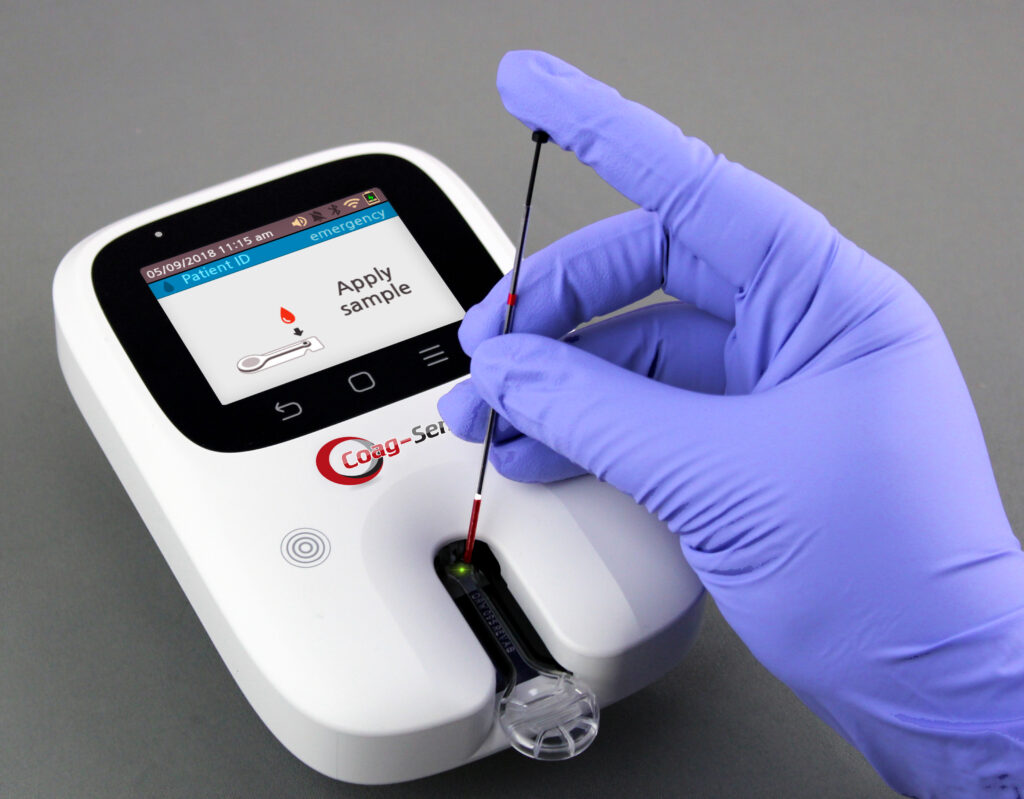Liver disease affects the body’s capacity to regulate blood clots and requires regular International Normalised Ratio (INR) testing. The INR test measures the time taken by the blood to clot and it is very important to measure the tendency of blood clots for patients suffering from liver disease.
Role of Liver in Blood Clotting
The liver plays a key role in the coagulation process, and acute and chronic liver diseases are associated with coagulation disorders due to several causes: Reduction in synthesis of coagulation and inhibitory factors, reduction in active factors, quantitative and qualitative platelet errors, hyperfibrinolysis. The tendency for bleeding increases the risk of illness and mortality in patients with liver disease undergoing clinical or medical aggressive procedures.
Peculiar coagulation disorders are widespread in patients undergoing the acute fatty liver or liver implants. Thrombotic phenomena, although Liver patients are rare, occur mainly in the portal and mesenteric veins. The medical approach to coagulation disorders is also discussed.
Understanding INR and Its Importance
INR Prothrombin is a standardized measurement of time (PT), indicating how quickly there is a blood clot. This is especially useful in assessing the appearance of both acute and chronic liver failure, as coagulation factors have a lower half -life than albumin.
An elevated INR indicates a high risk of bleeding, while a low INR suggests a trend for coagulation formation. For liver patients, it is important to maintain a suitable INR area to prevent complications.
Coagulation Disorders in Liver Disease
Patients with liver disease often experience a delicate balance between bleeding and coagulation risk. The liver’s impaired function reduces the production of coagulation factors and natural anticoagulants, resulting in a dynamic inequality. This imbalance requires careful monitoring to effectively handle possible complications.
The Necessity of Regular INR Testing
Regular INR testing is crucial for liver patients to monitor their blood’s clotting ability. It helps to accommodate the monitoring of treatments, such as the administration of vitamins or anticoagulant therapy, to maintain INR within a safe area. Consistent testing allows health professionals to detect and address coagulation issues promptly, reducing the risk of severe bleeding or thrombotic events.
INR and Liver Transplantation
The INR is a component of the Model for End-Stage Liver Disease (MELD) score, which prioritizes patients for liver transplantation. An increased INR is associated with high mortality in patients with cirrhosis and other chronic liver diseases, that outlines the importance of INR monitoring to assess the severity of the disease and transplant qualifying.
Patient Self-Testing: Empowering Liver Patients
Progress in medical technology has made the patient’s self -testing possible. The equipment designed for home use allows individuals to regularly monitor their coagulation conditions, provide many benefits:
- Convenience:: Patients can test at home, which can reduce the need for frequent clinic travel.
- Timely adjustment: Immediate results enable rapid modifications for drug doses and maintain optimal INR levels.
- Enhanced Engagement: Self -testing encourages patients to play an active role in their health control, leading to better results.
Implementing Self-Testing
Before starting self-testing, patients should receive proper training from health professionals to ensure the accurate use of INR monitoring equipment. Regular calibration and maintenance of equipment is necessary to maintain reliability. Healthcare professionals should establish a clear guideline for patients on interpreting results and adjusting medicines accordingly.
YOU MAY GO THROUGH OUR OTHER BLOG TOO:
WARFARIN THERAPY & PT/INR: MANAGING YOUR BLOOD THINNERS FOR OPTIMAL HEALTH
OPTIMIZING CLOTTING CONTROL IN SICKLE CELL DISEASE PATIENTS THROUGH PT/INR TESTING
STROKE RISK FACTORS AND PT/INR MONITORING: A COMPREHENSIVE APPROACH TO PREVENTION
BALANCING ACT: NUTRITIONAL SUPPORT FOR ANTICOAGULATION PATIENTS
SUMMARY
For people with liver disease, maintaining balanced blood coagulation is a complex health control, but still important aspect. Regular INR testing, including alternatives for self-testing patients, plays an important role in monitoring the delicate balance between bleeding and coagulation risk. By being vigilance and active in care, liver patients can significantly reduce the possibility of complications and improve the general quality of life.
If you or any loved ones handle liver disease, you can discuss the benefits of regular INR with health care professionals and the ability to involve the patient’s self -protection in your care plan. Strengthening yourself with knowledge and Equipment is an important step toward effective disease management and has improved welfare.
Effective management of anticoagulant therapy, this is especially true with medications such as warfarin (Coumadin). It depends on keeping PT/INR levels within the recommended range. This task has become much easier with the development of PT/INR monitoring devices. Patients can now monitor their levels from home. Get reliable results in just a few minutes. Helps make medical adjustments faster. and greatly reduces the need to go to the hospital regularly




